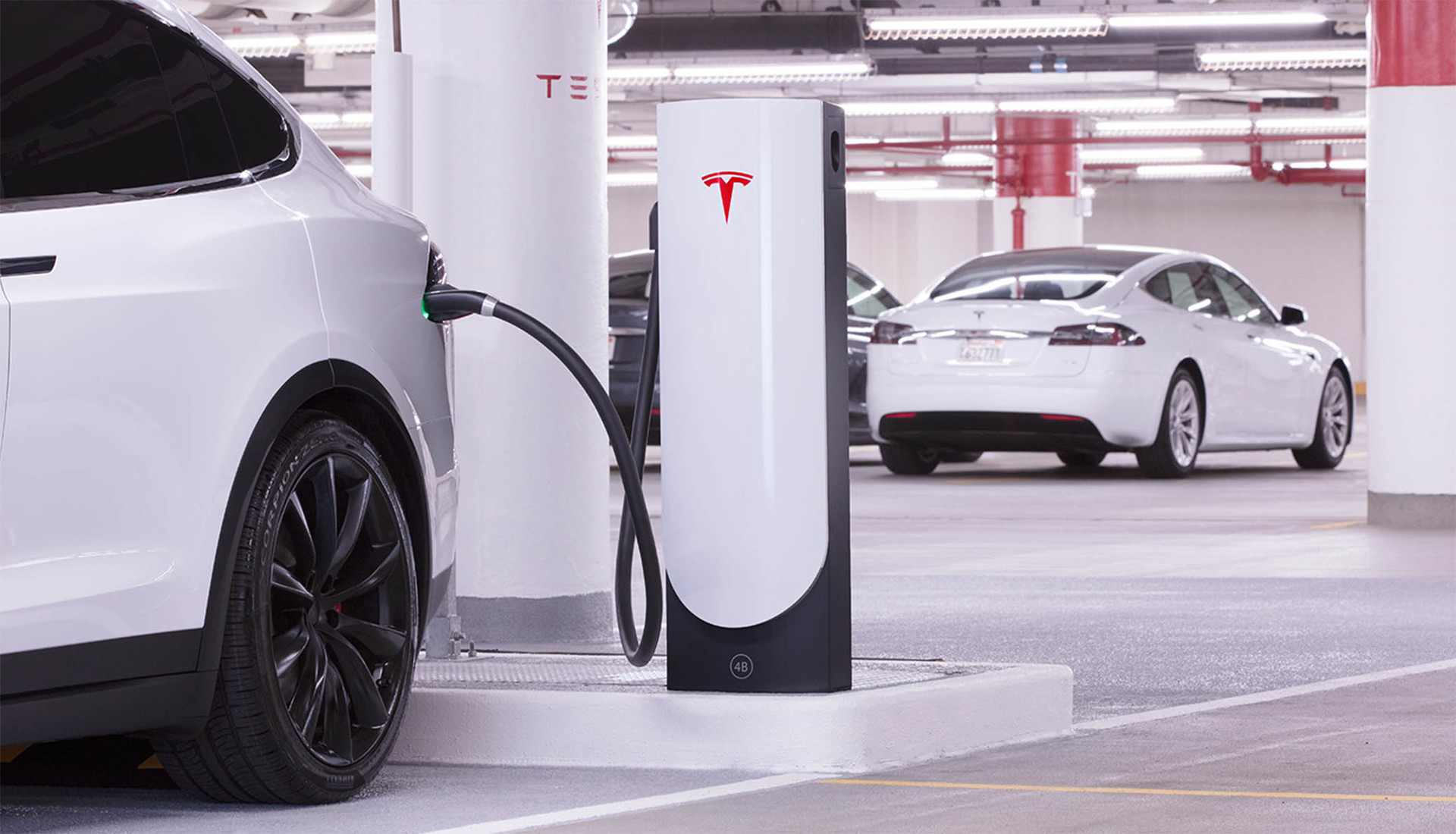Electric vehicles (EVs) have been rapidly transforming the transportation landscape, offering an environmentally friendly and eco-friendly alternative to gasoline-powered cars. However, for many considering the switch, a lingering question remains: how exactly do EV charging stations work? Future drivers of electric vehicles, fret not! This article will unveil the secrets behind these vital elements of the infrastructure for electric vehicles, empowering you to confidently navigate the maze of electric mobility.
The main idea is to provide power, refilling energy
Charging stations for electric vehicles operate on a seemingly simple principle. They serve as intermediaries between your car and the grid. Think of them as a pump to transport electrons, which replenish the reserve of energy to power your electric vehicle. The procedure is easy parking your car at an electric charging station, plug in the charging cable to an adapter plug, and voila! the electricity flow begins.

Plugging in and Compatibility Charging Rates and Charger Speeds
The general concept of EV charging stations remains the same, however there are some differences in plugs and charging speed. The various plug types at EV charging stations are similar as those found in gasoline stations. They vary depending on the model of the vehicle, as well as the charging method. Understanding the differences is essential to have a seamless and efficient charging.
Tesla Superchargers: A Network of Speed
Tesla owners benefit from an exclusive network that is strategically located Tesla Superchargers. The fast-charging stations that are designed for Tesla vehicles offer charging times that are faster than traditional stations. This lets drivers recharge their batteries in less time. This means that charging stops are shorter and less wait time. The long distance Tesla journeys are much more practical.
Explore alternative charging options
Tesla Superchargers aren’t only EV charging stations on the market. A number of charging stations on public roads which are operated by various companies, are compatible with several different EV models. These stations typically offer different charging speeds, from Level 2 chargers that provide a faster charge than the standard home outlet, to DC Fast Chargers that offer the quickest charging times, rivaling the speed of fuel station refills.
It’s easier to relax when you plan your route
The anxiety of running out prior to getting to the charging station is one of the main concerns of prospective EV buyers. But, with the growing number of charging stations, and the expanding number of the latest EVs the fear of running out of power is decreasing. A lot of EV models can now travel hundreds of miles on a single charge, and route planning software can help you find charging stations along your planned route, ensuring a stress-free journey.
The Technology behind the Charge: A Glimpse Inside
The secret of EV charging stations is the intelligent interaction of technology. In the simplest sense, the station acts as a transformer, which converts the alternating current (AC) electricity that is generated by the grid into direct current (DC) electricity that is the type of energy your battery for electric vehicles requires. The station is fitted with security features, which include security protocols and communication protocols to ensure the secure and effective charging of your battery.
Charge forward: Convenience and Accessibility
EV charging is now becoming more easy and convenient. The majority of charging stations that are accessible to the public offer user-friendly interfaces that allow you to pay with a credit card, or an app. In addition, certain workplaces and housing complexes have installed charging stations, allowing drivers to charge their vehicles either at home or at work to further increase the ease of owning an electric vehicle.
Green Grid Connection – Promoting sustainability
The development of EV charging stations can bring significant environmental benefits. They promote the use of zero emission electric vehicles. This leads to greener air and a more sustainable travel system. In addition when the grid shifts to renewable energy sources like wind and solar power charging EVs will become more eco-friendly, thereby decreasing our dependence of fossil fuels.
The process of de-mystifying EV chargers helps EV purchasers to make an informed choice. These stations, due to their simplicity of operation, enhancing accessibility and contribution to sustainable mobility, are the basis for a future powered cleanly and effectively by electric mobility. If you spot an EV charging station, remember – it’s much more than a plug that’s just a doorway to a cleaner and more sustainable, and sustainable transportation system.